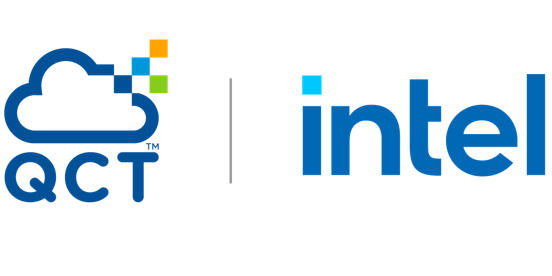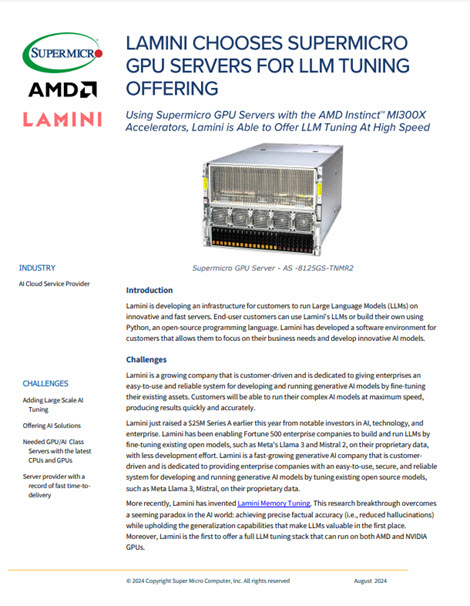SCSI (small computer system interface) and ATA (advanced technology attachment) are two standards for connecting storage devices to a computer. Traditionally, ATA was cheaper while SCSI was more powerful, but that simple comparison is no longer valid. Both now feature direct memory access (DMA), which frees the CPU during reads and writes. Both now feature command queuing, which allows the drive to execute instructions out of order. And both now feature hot swappable connectors, which allows drives to be added or removed while the system is turned on.
Both SCSI and ATA were originally parallel interfaces, though recent trends have moved towards Serial Attached SCSI (SAS) and Serial ATA (SATA) as these are much faster. But which is faster between SAS and SATA?
Comparing connectors to judge IO speeds is like comparing two different different processors to judge system performance: there are more factors involved. The speed of a drive depends not only on the connector, but also how quickly the disk spins, how fast the read-write head moves, and how optimized the software is. So while the enterprise and technical computing markets have traditionally used SCSI, buyers may be better served by considering ATA to see if it has a better return-on-investment, particularly for the user’s specific requirements.
Note: ATA in some circles is called Integrated Drive Electronics (IDE). The terms are interchangeable.



